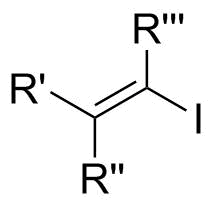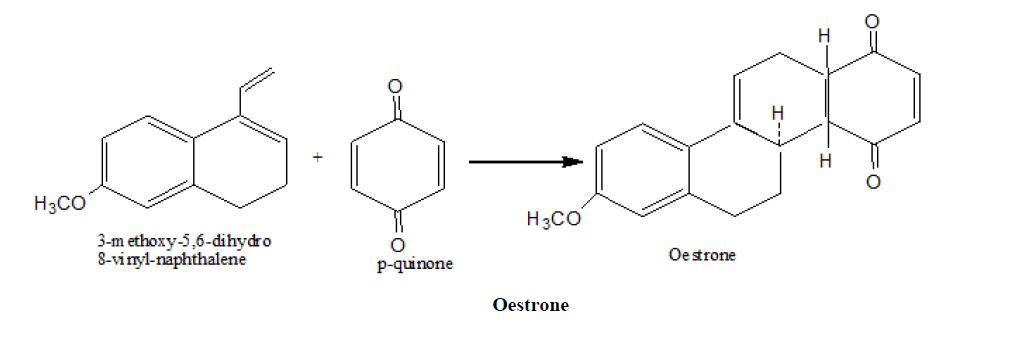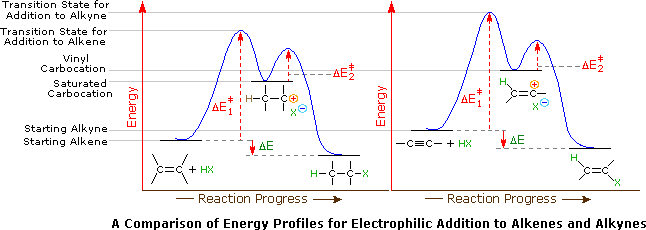The exact mechanism of the sodium amalgam reduction is unknown but has been shown to proceed through a vinylic radical species 5.
Which reaction proceeds through a vinylic radical.
Reaction mechanism for.
Evidence suggests that this reaction proceeds via a radical mechanism.
I addition of carbamoyl radicals at the terminal carbon of the triple bond giving vinylic radicals and.
A c h bond at a vinylic position requires even more energy to cleave thana c h bond at a primary position.
The reaction proceeds through the radical chain mechanism.
A typical example of alkene trifluoromethylation through an atom transfer type radical reaction is halotrifluoromethylation and this type of transformation has been studied for a long time due to the utility of the products.
Mechanism for radical chlorination.
The 1 3 divinyl 2 peroxy radical isomerizes via ipso addition of the o 2 moiety followed by o atom insertion into the adjacent c c bond.
A vinylic radical is even less stable than a primary radical which can be seen by comparing bde values.
Such radicals often form by reaction of o thiocarbonyl compounds 6 8 11 20 21 23 or bromides 15 19 with tri n butyltin hydride reactions of bu 3 snh with carbonyl compounds 12 and dithioacetals 13 represent two less common ways for generating radicals.
In a typical setup a stoichiometric amount of n bromosuccinimide solution and a small quantity of.
The phenyl sulfone anion 2 reacts with an aldehyde to form the alkoxide 3.
The dissociation energy for the allylic c h bond is lower than the dissociation energies for the c h bonds at the vinylic and alkylic positions.
Carbohydrate radicals that add internally to carbon nitrogen double bonds come from a vari ety of sources.
The resonantly stabilized radical i c 4 h 5 ch 2 cchch 2 is an important intermediate in the combustion of unsaturated hydrocarbons and is thought to be involved in the formation of polycyclic aromatic hydrocarbons through its reaction with acetylene c 2 h 2 to form benzene h this study uses quantum chemistry and statistical reaction rate theory to investigate the mechanism and kinetics.
14 classically cf 3 i has been used for the reaction and various radical initiators have been reported.
The addition reaction proceeds via a radical chain mechanism comprising two processes.
The alkoxide is functionalized with r 3 x to give the stable intermediate 4.
The wohl ziegler reaction is a chemical reaction that involves the allylic or benzylic bromination of hydrocarbons using an n bromosuccinimide and a radical initiator.
The initial steps are straightforward.
The radical chain mechanism is characterized by three steps.
Reaction mechanism followed a addition of hbr on etheneionic addition reaction b halogenation of benzene in the presence of febr3 electrophilic substitution reaction c photochemical chlorination of methanefree radical substitution d hydrolysis of tert butylchloride with aqueous koh nucleophilic substitution e addition of nahso3 on acetonenucleophilic additionthus photochemical chlorination.















































